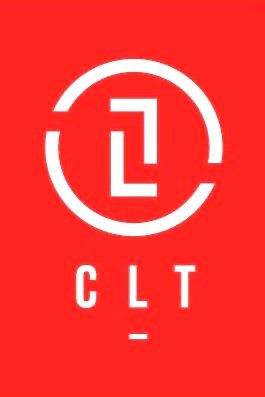Collaborative Leadership Team’s Angela Johnson, Certified Scrum Trainer, shares perspective in this post about Stepping Up, Stepping Back or Stepping Out.
A big miss in choosing to adopt Scrum as the new way to do work is just that: it’s a new way to do work. In other words, there is still work to do. It’s a choice to use Scrum to do that work. It’s a different choice to use another framework to do the work.
Inevitably, people wonder what happens to their traditional “role” or the way they used to do work. There is job security – but not role security. There is plenty of work to do. But the roles are completely different in Scrum than other ways of doing work.
Yet other organizations think that Scrum means adding people to “fill” the new roles in addition to their existing roles. And others think that Scrum means doing the work with fewer people which creates fear about job loss.
All of these myths indicate a lack of understanding about Scrum. Scrum does not seek to tell any organization to add people or to remove people. It’s just a different way to work – if the organization and the people in it – choose to use Scrum.
CLT’s working agreements include Step Up or Step Back. If someone is passionate and wants to use their time and talents to champion an idea, they are empowered to go for it. Yet others may be happy to provide feedback or take a more passive role in a particular endeavor and that’s ok.
In sharing Step Up or Step Back as one example of a working agreement in a recent Certified Scrum Master (CSM) discussion someone said “And please add, or Step Out.”
We spent some time exploring this idea. Some in class mentioned that since they began using Scrum, it was evident that they have people who are not interested in this way of doing work. Does that mean they have to leave the organization?
At a minimum Scrum defines three roles but there will be other roles in any organization. Yes, the roles will change. If anyone is uncomfortable about this, be it the identified Product Owner, the identified ScrumMaster or any member of the identified product Development Team, there may be a need to Step Up, Step Back or to Step Out:
Stepping Up: contribute, help change, grow and evolve the product, the team and the company
Stepping Back: observe, offer feedback and identify potential gaps
Stepping Out: find a place to add value someplace in the company or find a place to add value outside of the company.
Stepping Out does not always have to mean leaving the organization. It can mean finding another place inside the organization – another team, another department – to better define yourself, your aspirations and leverage your talents. In nearly every situation we all have 3 choices: to step up, to step back or to step out.
Want to learn more about how a Scrum Master can facilitate creating working agreements? Join us for our next Certified ScrumMaster® course: http://tinyurl.com/j7qqdnb
